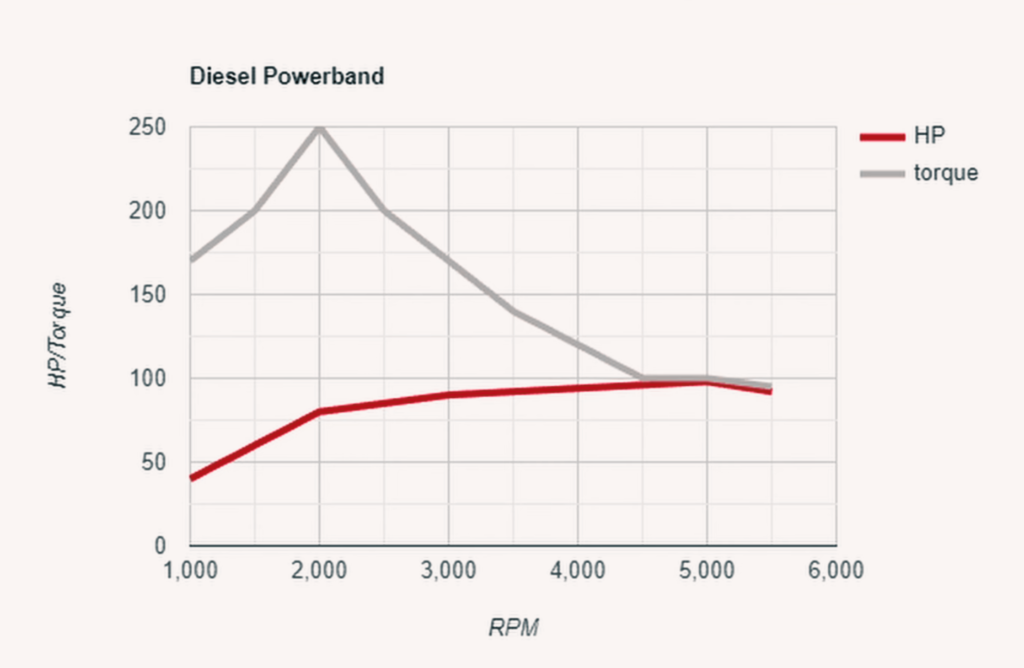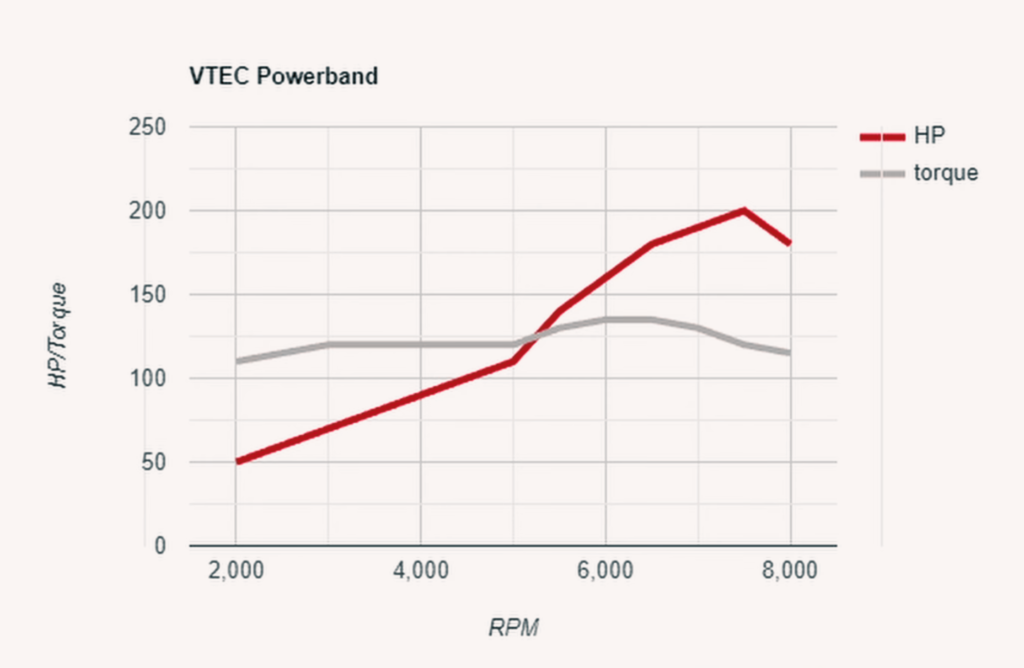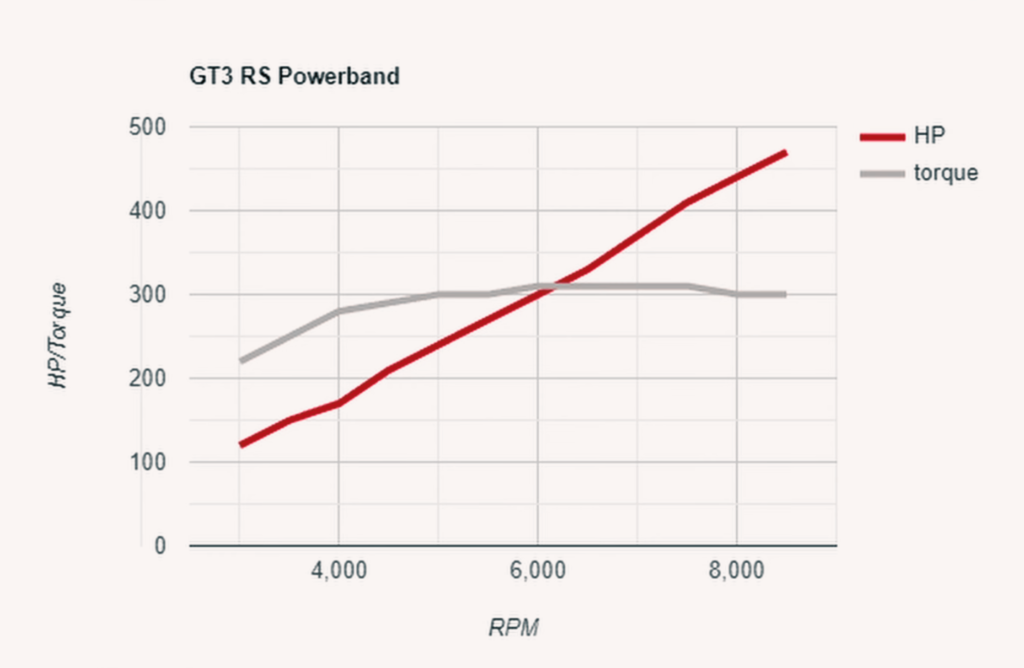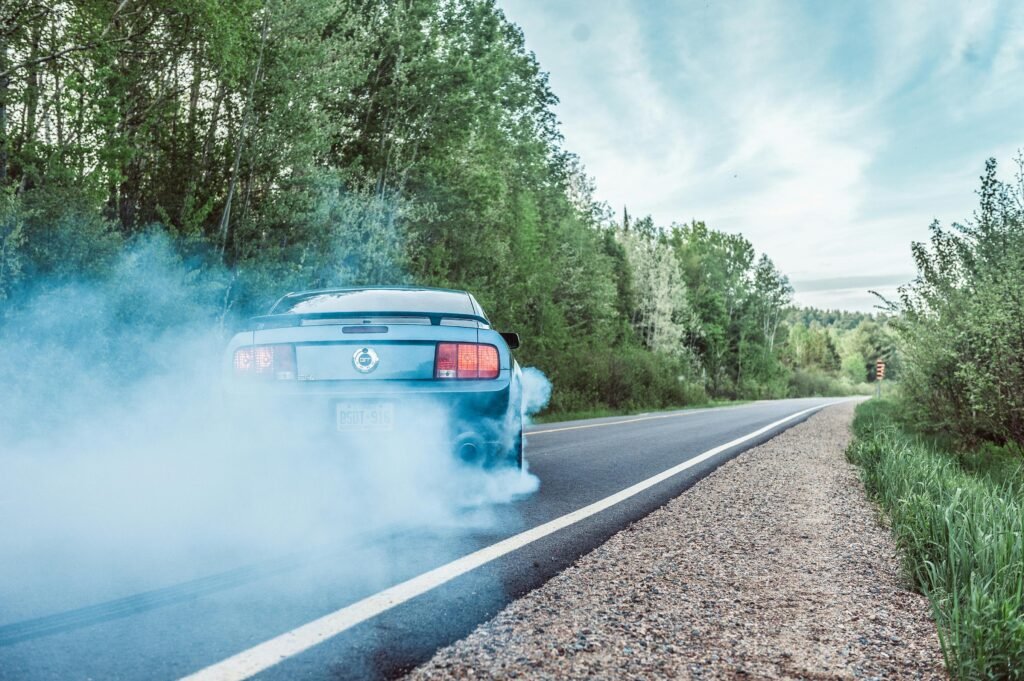Exploring Powerbands | The Secrets Behind Engine Performance
Ever wonder why your car seems to have a mind of its own, sometimes it’s purring along smoothly, and other times it feels like it’s ready to launch into orbit?
Think of it like your engine’s happy place, where horsepower and torque meet to give you that perfect balance between cruising and full-throttle excitement.
Let’s dive into the mysterious yet crucial concept of powerbands, the secret sauce behind your engine’s best performance moments.
In a car, power increases across the rpm range when you press the pedal. The powerband is the term used to describe how this power develops.
I’m going to explain the fundamentals of a powerband to you today before showing you some actual applications. I’ll do a POV style demonstration so you can feel what it’s like to experience the powerband of a car.
First, let’s understand what the powerband actually is, and then I’ll give you a few examples.
I have here a graph of a car’s powerband. This one belongs to a typical diesel car.

If you look at the horsepower, you’ll notice that for most of the car’s rev range, it’s pretty flat. It goes up slightly but isn’t really exciting.
Diesel cars are known for this—they make a lot of torque at the lower end of the rev range, but from there, it’s flat. You get everything at the bottom, and there’s no need to rev the engine beyond that point.

Here it is about a Honda VTEC engine powerband. This has one of the coolest powerband because, at 5,500 RPM, there’s a noticeable uptick in the power it produces. This happens because the cams switch to a higher lift. I’m not an engineer, so I don’t fully understand all the technical stuff, but cool things happen, and great noises come from the exhaust.
I have a high-performance naturally aspirated engine. This is an example of a linear powerband.

The power increases smoothly and linearly as the revs rise. This implies that power increases steadily over the rpm range.
However, why is powerband important? Well, if you’re a petrolhead, you’ll know that pressing down on the accelerator and feeling that power build through the rev range is an incredible sensation. Different engines have unique characteristics, and that’s what gives them their personality.
My lovely Mégane RS has a turbocharged 1.8L engine, with relatively small cylinders but a big turbo, allowing it to make 300 horsepower. It’s got some characteristics of a turbo engine but also high-lift cams, so it offers something at the top end as well. As the revs increase, the engine builds more power. I’m at approximately 2,500 RPM. If I press the accelerator lightly, I get some response, but if I put my foot down all the way, you’ll feel the car pick up more.
I try that again at 3,000 RPM—this time, I feel much more acceleration.
To get the best out of your car, you want to keep it in the “sweet spot” where it’s making good power. In my car, that’s between about 2,500 to 6,000 RPM. The engine is happiest in the middle of its powerband.
For instance, if I drop down to second gear, right near the top of the powerband—this is where the car performs at its best. But once you go beyond 6,000 RPM, you can feel it start to lose power. That’s just the nature of a turbocharged engine.
Let me also tell you what it’s like not being in the powerband. When I’m at around 1,500 RPM. If I try to accelerate, the car struggles until it hits that 2,000 to 2,500 RPM range where it starts making power.
To make it more extreme, Once again, I’m at 1,500 RPM when I’m in fifth gear. At first, nothing occurs if I floor it. 2,000 to 2,500 RPM once the turbo starts up.
Let’s go back a few steps. The throttle response is instantaneous, rapid, and sharp at 4,000 RPM. What does all this mean for you?
Well, if you understand how the powerband works, you can use your gears more effectively. For instance, in fifth gear at around 2,000 RPM, you’ll get some power, but not as much as you would like if you were trying to make quick progress. If there’s one thing to take away from all this, it’s that you should explore the powerband in your own car. Every car and every engine has a unique powerband that’s interesting to explore.
All engines have their own unique way of building power, delivering torque, and creating a driving experience that’s fun to play.


